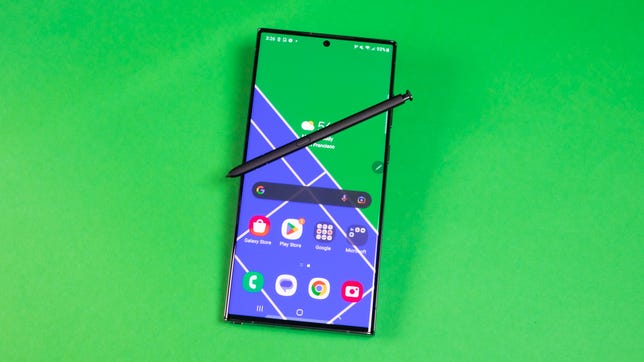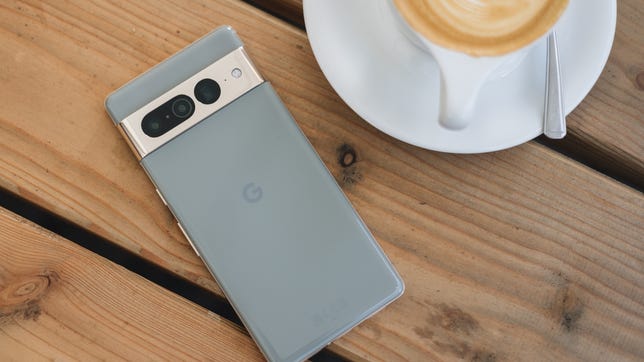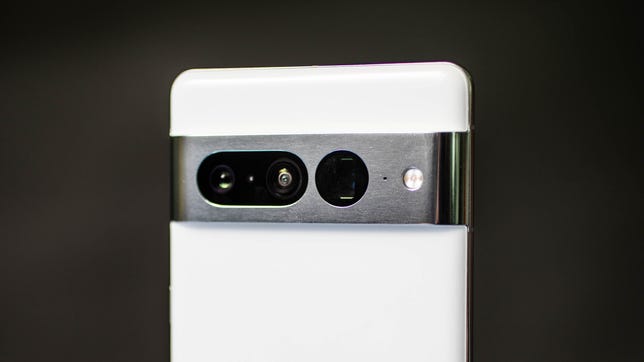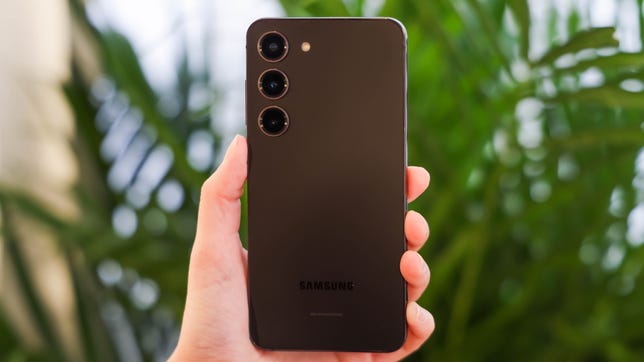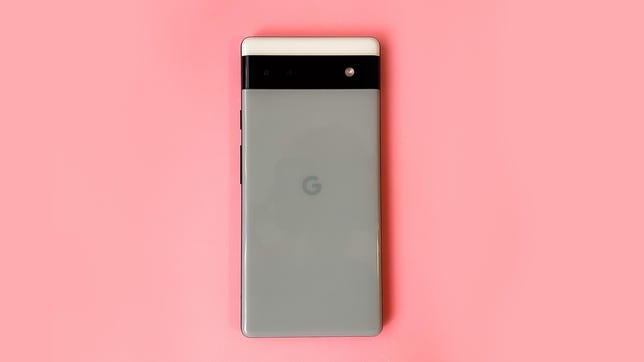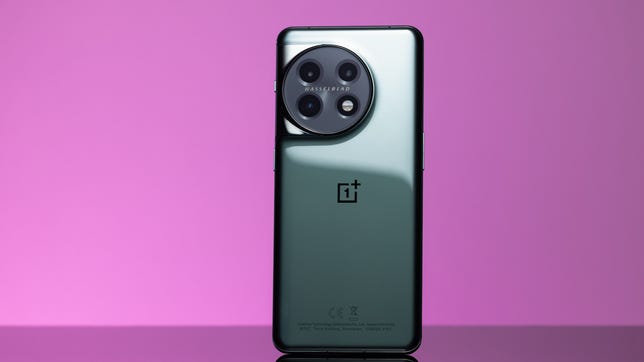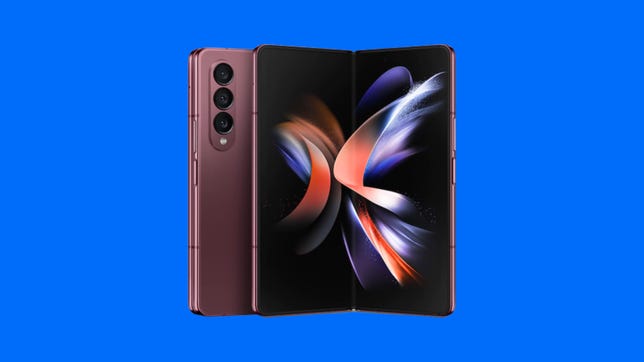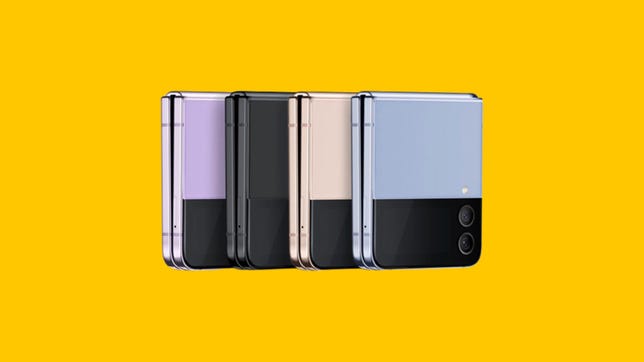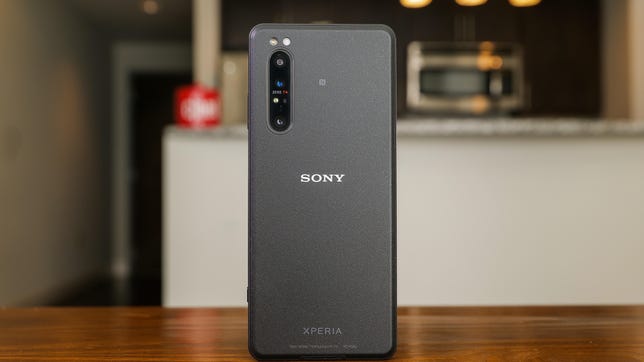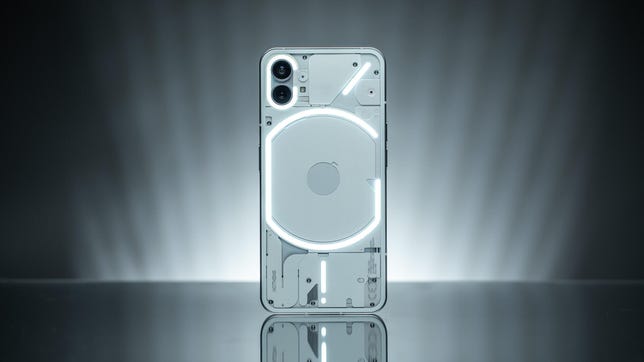Technologies
Best Android Phones to Buy in 2023
From Samsung’s new Galaxy S23 devices to the Pixel 7, here are our top picks.

This story is part of Gift Guide, our year-round collection of the best gift ideas.
Android’s biggest advantage over iOS and the iPhone is its sprawling selection of devices to choose from. From the supersize Galaxy S23 Ultra to the more modest and affordable Pixel 6A, Android phones are available in a variety of sizes and prices. But having that many options to choose from can also make for a difficult buying decision. If you aren’t sure where to start, you’re in the right place: We’ve tested and researched all the best Android phones you can buy in 2023.
A great phone should have high-quality cameras, long battery life, compelling software features and 5G support. We considered these factors when putting together our list of the best Android phones in 2023, which you can check out below. CNET’s team updates this list periodically as we review new products.
James Martin/CNET
Like:
- Fast performance
- Excellent main camera
- Bright screen
- Included stylus
- Double the storage in the base model
- Four generations of Android OS updates
Don’t like:
- High price
- Photos don’t always look natural
- No improvements to fast charging
The Galaxy S23 is a lot, but in a good way. It’s more than most people need in a phone, but that doesn’t make it any less impressive. Samsung made improvements to the camera’s resolution (200 megapixels compared with 108 megapixels), color tones and dynamic range, while retaining the same edgy design and massive 6.8-inch screen as its predecessor. There’s also a new Qualcomm Snapdragon 8 Gen 2 processor that’s been optimized specifically for Samsung’s phones, which brings faster performance compared with the Galaxy S22 Ultra.
It may be an understatement to call this phone expensive: It starts at $1,200. But people willing to pay more for a giant screen and a high-quality, versatile camera won’t be disappointed. Read our full review of the Galaxy S23 Ultra.
Like:
• Refreshed design looks great
• Superb cameras
• Clean and enjoyable interface
Don’t like:
• Battery life could be better
Google’s latest flagship phone, the Pixel 7 Pro, isn’t a huge overhaul from the already excellent Pixel 6 Pro Google launched last year. But it’s taken that winning formula and made some key tweaks to almost every element, resulting in a superb phone that’s bliss to use. The refreshed camera can take stunning images too, earning its spot among the best flagship phones around. It typically sells for $899, but Google currently has it on sale for $150 off.
Patrick Holland/CNET
Like:
• Sleek design
• Great value
• Main camera is Google’s best
Don’t like:
• Battery life is good but not great
• Not as much Android version support as Samsung
At around $600, the Google Pixel 7 offers a great way to put some of Google’s best tech in your pocket without emptying your bank balance in the process. It undercuts the fully-specced 7 Pro model by some way, but still packs the same Tensor G2 processor, a glorious screen and a great main camera.
Like the 7 Pro, it’s had a refreshed design which looks classy and stylish, while its Android 13 software is clutter-free and easy to use. The battery life could be better, but with careful use you’ll get through a day on a charge. It lacks the telephoto zoom and a couple of the other bells and whistles of the 7 Pro, but if you’re after a solid everyday phone at a decent price, then the base Pixel 7 is a great option.
James Martin/CNET
Like:
- Longer battery life
- Attractive design
- Four generations of Android OS updates
- Fast performance
Don’t like:
- Cameras are basically the same as last year
- Expensive
- No improvements to fast charging
- No upgrade to base storage
Android fans looking for a petite phone don’t have much to choose from. But the 6.1-inch Galaxy S23 provides a compelling option for those who want a phone that feels compact but still provides enough screen space. The Galaxy S23 comes with routine upgrades like a fresh processor (a version of Qualcomm’s Snapdragon 8 Gen 2 that’s been optimized for Samsung’s phones), a slightly new design and a higher-resolution selfie camera. But it’s the Galaxy S23’s larger battery that makes it worth recommending. Read our full review of the Galaxy S23.
Lisa Eadicicco/CNET
Like:
• Nice screen
• Speedy performance
• IP67 water-resistant
• Affordable price
Don’t like:
• No wireless charging
The next-gen Pixel 6a is available now, and if you want 5G on the cheap the smartphone is a solid choice. This Pixel phone has a high-end chipset, great rear cameras, a good display, and average battery life. It is one of the cheapest good 5G smartphones you can buy right now.
Like:
- Incredible performance for gaming
- Slick, refreshed design
- Hyper-fast charging
- Five years of security support
Don’t like:
- Cameras are good but not great
- Better waterproofing on rivals
The $700 OnePlus 11 is a powerful phone that’s well equipped to handle gaming, video streaming and other common tasks. In typical OnePlus fashion, this phone is also cheaper than the $800 Galaxy S23 and $900 Pixel 7 Pro. The cameras aren’t the best, but they’re fine for casual photographers who just want to capture their next vacation or a night out. What sets the OnePlus 11 apart from many of its rivals is its blazing 100-watt fast charging, which can replenish the battery in just 25 minutes. (The US version only supports 80-watt charging, but that’s still an improvement over the Galaxy S23 Ultra’s 45-watt charging). Overall, the OnePlus 11 is ideal for people who want a powerful phone that charges quickly and won’t break the bank. Read our full review of the OnePlus 11.
Sarah Tew/CNET
Like:
• 120Hz cover screen
• Water resistance
• Enhanced tablet experience
• Software improvements for multitasking and Flex Mode
Don’t like:
• $1,800 is still expensive
Foldable phones haven’t really hit the mainstream, remaining instead only in the reach of those willing to spend top dollar on the latest in mobile innovation. Samsung’s Galaxy Z Fold 4 is the best folding phone around, offering top-notch performance, a great camera setup and a variety of tweaks to its folding technology that make this Android smartphone more desirable than its predecessor.
Samsung
Like:
- Better battery life than before
- Still the best flip phone to get into foldables
- Water resistance
Don’t like:
- Same cameras as the Galaxy Z Flip 3
The Samsung Galaxy Z Flip 4 is an iterative update but it packs a punch for the $1,000 price tag. With a better battery life thanks to a more power efficient processor and a bigger battery, the Flip is finally worth investing in as a flagship device.
Patrick Holland/CNET
Like:
- Professional level video monitor features
- Robust utilitarian build
- Live broadcast streaming over 5G
- As a phone, it’s essentially the Sony Xperia 1 II
Don’t like:
- Price is high, limiting its narrow appeal
- 2020 specs and Android 10
- Wished it recorded video via HDMI input
At a whopping $1,800 list price, the Sony Xperia Pro isn’t for everyone. But if you’re a photographer or videographer looking for professional-level camera phone features, you can’t go wrong. The Xperia Pro is essentially four products in one: a phone, a camera monitor, a speedy photo file transfer device and a 5G machine suitable for broadcasting and livestreaming.
Andrew Lanxon/CNET
Like:
• Flashing design
• Solid performance
• Affordable price
Don’t like:
• Cameras are only OK
• Not yet available in the US
The Nothing Phone 1’s affordable price, solid performance and good-enough camera setup already make it a solid option to consider if you’re looking for an Android phone on a budget. But this phone takes the pizzazz up a notch with its suite of flashing LED lights on the rear, which certainly make it stand out against its competitors.
It’s a great phone, which we enjoyed reviewing, but there is a downside: As of right now, there aren’t any plans to launch the phone in the United States. The phone was previously available as part of a beta program in the US, but orders have closed. UK shoppers can pick it up right now, but those of you in the states will simply have to keep your fingers crossed. Luckily, the company’s next phone, the Nothing Phone 2, will be coming to the US later this year.
How we test phones
Every phone that appears on this list has been thoroughly tested by CNET’s expert reviews team. That means actually using the phone, testing the features, playing games on it, and taking photos with it. No marketing promises are taken at face value, and if we find something we don’t like, be it battery life or build quality, we’ll tell you all about it.
Testing a phone means testing every element of the device. Is the display bright, sharp, vibrant? Does the design feel good to hold? Is it heavy? Does it feel well made? Is it water resistant? We test the processor performance using standardized benchmark tools like GeekBench and 3DMark, along with our own anecdotal observations while navigating the interface or playing demanding games.
All the cameras (both front and back) are tested in a variety of conditions, from bright sunlight through to dark scenes (for any available night modes), and we compare our findings against similarly priced models. We conduct battery tests, running them down from full to see how long they’re likely to keep going out there in the real world.
We take into account additional features like 5G, fingerprint or face scanners, styluses, fast charging, flexible displays, or other extras that can be useful. And we of course balance all this against the price, to give you the verdict on whether that phone, whatever price it is, actually represents good value.
More phone and Android recommendations
Technologies
Give the Gift of Great Sound With Sennheiser Headphones at a 60% Black Friday Discount
The Sennheiser Momentum 4 headphones are now down to a record low price of $179 this Black Friday.
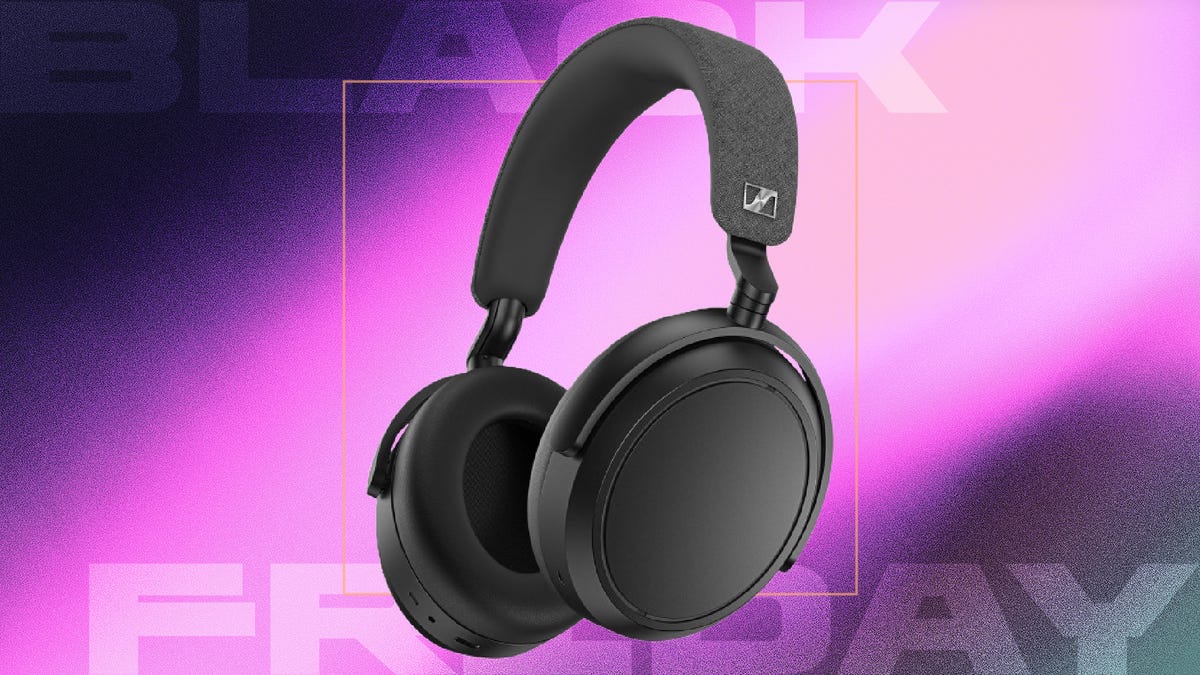
Spending this Black Friday shopping for a holiday gift for an audiophile? With tons of items on sale, there are plenty to chose from. Sennheiser is behind some of the best wireless headphones you can buy, but its headphones can be prohibitively costly.
But for two days only, Woot is running a Black Friday deal that brings the Sennheiser Momentum 4 headphones down to $179 from the original $450 price. The Sennheiser Momentum 4 headphones are for audiophiles who want great quality and comfort. You have to be quick, as this deal ends on Nov. 30, or sooner if supplies run out.
Sennheiser Signature Sound gives you rich, balanced audio, and the companion Smart Control app lets you fine-tune the sound to your liking. Adaptive noise cancellation keeps outside distractions at bay, making these headphones great for work, commuting or just zoning out at home. The battery lasts up to 60 hours at moderate volume, and the voice-calling quality is solid, so you can rely on them for everyday use.
Hey, did you know? CNET Deals texts are free, easy and save you money.
If this style of headphones isn’t your cup of tea, then maybe a pair of the best wireless earbuds will be better suited to your needs. If you’re shopping on a budget, check out our roundups of the best gifts under $100, $50 and $25 to see more great gift-giving ideas.
HEADPHONE DEALS OF THE WEEK
-
$248 (save $152)
-
$170 (save $181)
-
$199 (save $150)
Why this deal matters
This deal surely won’t last. Sennheiser has made a name for itself as one of the best in the audio business, and that’s clear with the Momentum 4 wireless headphones. They offer adaptive noise cancellation, a Bluetooth connection and up to 60 hours of playback. When it comes to comfort and quality, it doesn’t get much better, especially with a discount like this.
Join Our Daily Deals Text Group!
Get hand-picked deals from CNET shopping experts straight to your phone.
By signing up, you confirm you are 16+ and agree to receive recurring marketing messages at the phone number provided. Consent is not a condition of purchase. Reply STOP to unsubscribe. Msg & data rates may apply. View our Privacy Policy and Terms of Use.
Technologies
Samsung’s Galaxy Watch 8 Is Now Just $250 in Multiple Black Friday Sales
The Samsung Galaxy Watch 8 is an even better value with this $100 discount.
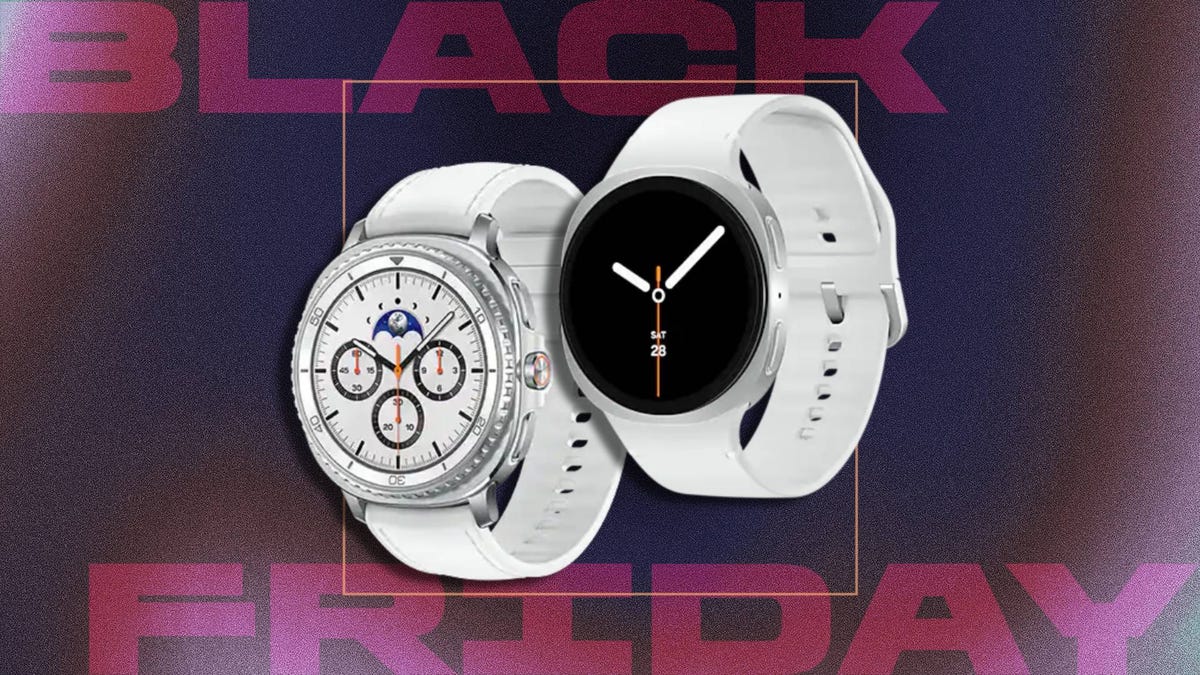
The holiday season is here, and while your fitness goals might not be at the front of your mind right now, January is just around the corner. That means resolutions are upon us, so what better time than now to pick up a new smartwatch? You can get your hands on a new Samsung Galaxy Watch 8 while it’s available for a huge $100 off for Black Friday.
Amazon and Best Buy are both selling the Galaxy Watch 8 at the same $250 price. We can’t promise either deal will be around for long.
Samsung’s latest smartwatch packs serious hardware upgrades over it predecessor. It has a vibrant 46mm AMOLED display that shines up to 3,000 nits, along with 2GB of RAM, 64GB of storage, built-in GPS and advanced fitness tools, including sleep coaching and vascular load monitoring. It’s waterproof up to 50 meters and lasts up to 30 hours on a single charge.
CNET expert Vanessa Hand Orellana praised its refined design, detailed health insights and Gemini AI support, noting that it «has nearly every feature I could hope for.» Just remember, some tools work best when paired with the Samsung Galaxy phone.
SMARTWATCH DEALS OF THE WEEK
-
$339 (save $60)
-
$280 (save $70)
-
$300 (save $50)
-
$150 (save $100)
-
$49 (save $30)
Why this deal matters
The Samsung Galaxy Watch 8 packs serious upgrades for the price. With advanced fitness tools, sleep coaching and daily energy tracking, it’s one of the most feature‑rich smartwatches this year. The $250 price represents a new low for the model and includes a 90-day warranty. But with limited stock, it’s a deal worth grabbing quickly.
Join Our Daily Deals Text Group!
Get hand-picked deals from CNET shopping experts straight to your phone.
By signing up, you confirm you are 16+ and agree to receive recurring marketing messages at the phone number provided. Consent is not a condition of purchase. Reply STOP to unsubscribe. Msg & data rates may apply. View our Privacy Policy and Terms of Use.
Technologies
The Black Friday Gaming Deals Are Here. Shop Now and Save Big on PlayStation, Xbox and Alienware
-

 Technologies3 года ago
Technologies3 года agoTech Companies Need to Be Held Accountable for Security, Experts Say
-

 Technologies3 года ago
Technologies3 года agoBest Handheld Game Console in 2023
-

 Technologies3 года ago
Technologies3 года agoTighten Up Your VR Game With the Best Head Straps for Quest 2
-

 Technologies4 года ago
Technologies4 года agoBlack Friday 2021: The best deals on TVs, headphones, kitchenware, and more
-

 Technologies4 года ago
Technologies4 года agoVerum, Wickr and Threema: next generation secured messengers
-

 Technologies4 года ago
Technologies4 года agoGoogle to require vaccinations as Silicon Valley rethinks return-to-office policies
-

 Technologies4 года ago
Technologies4 года agoOlivia Harlan Dekker for Verum Messenger
-

 Technologies4 года ago
Technologies4 года agoiPhone 13 event: How to watch Apple’s big announcement tomorrow

